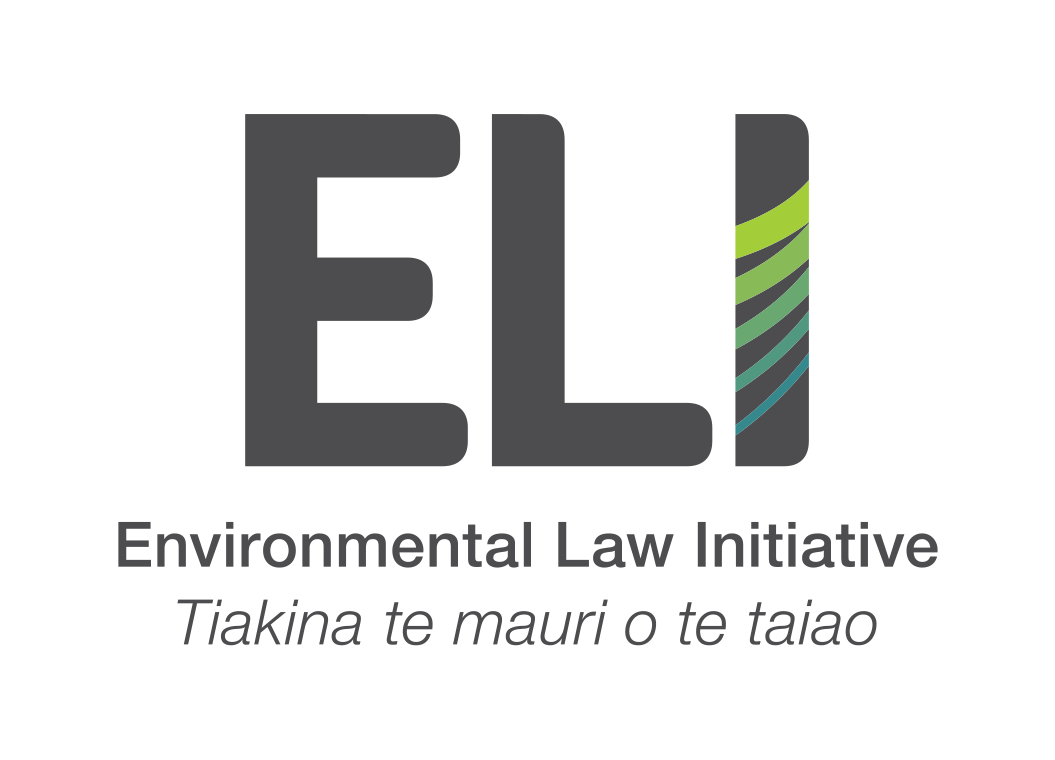Protecting Māui and Hector’s dolphins from extinction
ELI v Minister of Oceans and Fisheries
Photo credit: Rob Pine
We are taking the Minister of Oceans and Fisheries to court for failing to adequately protect Māui and Hector’s dolphins.
Māui and Hector’s dolphins were once the most common dolphins in New Zealand waters, until their rapid decline due primarily to fishing-related deaths.
With an estimated 54 Māui dolphins left, the world’s rarest dolphin is now at imminent risk of extinction. The Hector’s dolphin is also in decline, with an estimated 15,000 individuals remaining.
We are taking the Minister of Oceans and Fisheries to court over the Hector’s and Māui Dolphin Threat Management Plan (The Plan) on the grounds that the Plan fails to adequately protect the dolphins from fishing-related deaths.
A credible Threat Management Plan must effectively restore Māui and Hector's populations so that these taonga are no longer threatened.
Why did we take this case?
In June 2020, Minister for Oceans and Fisheries Stuart Nash issued a final decision on the Hector’s and Māui Dolphin Threat Management Plan, which was developed over four years under the Fisheries Act.
We allege that the plan is based on a range of decision-making errors, which collectively fail to protect Hectors and Māui dolphins from being killed by fishing.
The government hasn’t done all they can to prevent these dolphins from going extinct. With such low numbers left, we must get this right and protect these taonga.
Case timeline
April 2025: Filed for judicial review
Case to be heard in the High Court, with the hearing date yet to be fixed.
-
Hector’s and Māui dolphins are physically and genetically different, having diverged at least 15,000 years ago. Māui dolphins have slightly larger skulls than Hector’s dolphins and a longer, wider rostrum or snout.
About the Māui dolphin
The Māui dolphin is one of the most endangered animals in the world. A 2020-21 survey estimated there were approximately 54 individual Māui dolphins over 1 year of age currently in New Zealand waters.
Due to the very small population size, the death of a single dolphin can be catastrophic for the species.
The Māui dolphin is a subspecies of the Hector’s dolphin. They are predominantly found on the west coast of the North Island of Aotearoa New Zealand.
Over the past two decades the Māui dolphin population has declined by approximately 3% to 4% per year. They have Nationally Critical status under the New Zealand Threat Classification System.
About Hector’s dolphin
Hector’s dolphin are primarily found around the South Island and are classified as Nationally Vulnerable. There are approximately 15,000 individuals older than 1 year in New Zealand waters.
There are approximately 9,700 dolphins on the east coast of the South Island, 5,500 on the west coast of the South Island, and 300 on the south coast of the South Island, and there is no reliable data on the subpopulation on the north coast of the South Island.
-
Plan protects only a limited amount of Māui habitat
ELI alleges that what should have been one of the strongest features of the Plan, the Fishing-related Mortality Limit, was applied too narrowly and omitted known Māui dolphin habitat.
“They got it right in the sense that fishing should stop as soon as a single Māui dolphin is killed. But there are large areas where we know Māui dolphins travel to, but there is no mortality limit in place.” says ELI’s director, research and legal, Dr Matt Hall.
Monitoring failure
Fisheries NZ’s advice said that any Fishing Related Mortality Limit implemented would require 100% monitoring of fishing methods that pose a risk of capture.
ELI says that despite that, camera coverage of these fisheries is still far less than 100 percent and the observer coverage in some areas for the trawl and set net fisheries has been reduced to zero.
Hall says “The result is, we just don’t know whether the mortality limit is being implemented properly or not.
“The government hasn’t done all they can to prevent these dolphins from going extinct. With such low numbers left, we must get this right.”
Advice favoured fishing over dolphin protectionThe Minister followed Fisheries NZ advice that spatial closures should be avoided to avoid “unfairly penalising” fishers using trawl techniques that had anecdotally been shown to lower dolphin entanglements. Yet other Fisheries NZ advice said there was no credible scientific evidence in support of the technique.
ELI says this meant the interests of the fishing industry were incorrectly favoured over the protection of the dolphins, and this was unlawful.
The Minister failed to take a cautionary approach when neededELI argues that key parts of the Plan did not favour caution in circumstances where information was recognised to be uncertain, unreliable or inadequate. Instead, fishing interests were favoured over the protection of Māui and Hectors dolphins.
For example, ELI says the Minister failed to take a precautionary approach when he decided not to protect West Coast North Island (WCNI) harbours from set netting.
-





